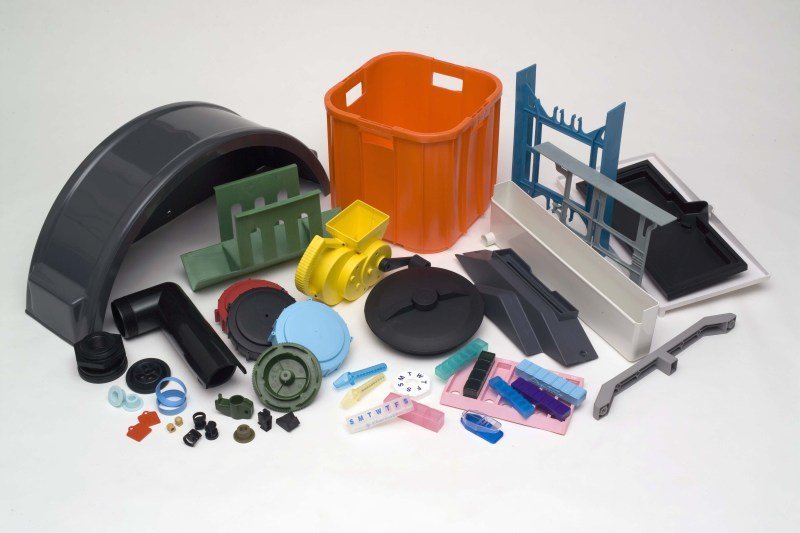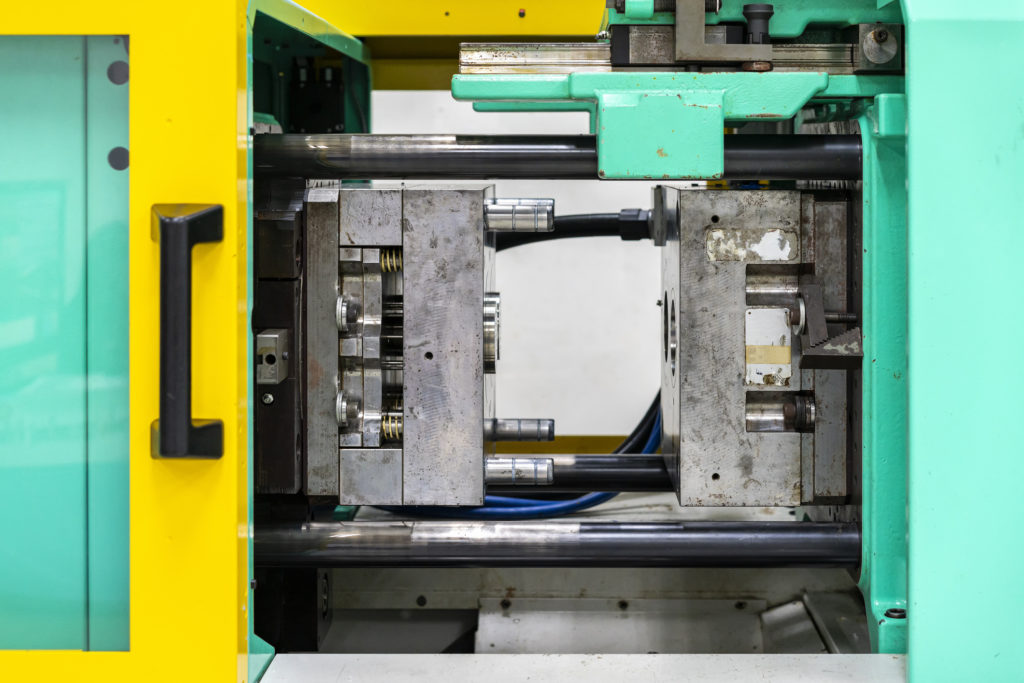The Benefits of Using Plastic Injection Molding for Customized Components Production
The Benefits of Using Plastic Injection Molding for Customized Components Production
Blog Article
Comprehending the Essentials of Plastic Shot Molding Processes
Plastic injection molding acts as a cornerstone of contemporary manufacturing, providing a methodical approach to producing complicated parts with accuracy. This procedure not just includes the fundamental steps of melting and infusing products into molds yet likewise includes a nuanced understanding of various affecting elements, such as temperature level and pressure. As sectors increasingly require performance and quality, the details of this methodology become much more essential. Checking out these important aspects might expose exactly how even minor adjustments can cause significant enhancements in manufacturing results, raising concerns regarding the potential for development in this well established process.
What Is Plastic Injection Molding?
Plastic injection molding is an extensively utilized production process that changes thermoplastic and thermosetting products into exact and complex shapes. This strategy is favored for its capability to generate high volumes of similar components with outstanding accuracy, making it a vital approach in various sectors, including auto, consumer goods, and medical gadgets.
The procedure involves thawing the picked plastic product and injecting it into a mold and mildew under high pressure. The mold and mildew, developed to the specs of the wanted part, enables the liquified plastic to materialize as it solidifies and cools. When the product has actually set, the mold is opened, and the completed element is expelled.
Plastic shot molding supplies numerous benefits, including decreased waste, consistency in production, and the ability to integrate complex layouts that might be testing with various other making approaches. Additionally, it supports a broad series of materials, each providing unique properties that can be tailored for certain applications. As sectors remain to introduce, plastic shot molding stays at the leading edge, allowing the growth of sophisticated products that fulfill developing consumer needs.
The Injection Molding Refine
The injection molding process is an innovative technique that includes numerous vital stages to produce high-grade plastic elements. Originally, plastic pellets are fed right into a heated barrel where they are merged a viscous fluid. This molten plastic is then infused under high stress into a precision-engineered mold, which forms the material right into the desired type.
Once the mold is loaded, the plastic is enabled to cool and solidify, taking the shape of the mold dental caries. Cooling time is vital, as it impacts the cycle time and the last residential or commercial properties of the shaped part. After sufficient cooling, the mold and mildew opens, and the finished part is ejected utilizing ejector pins.

Products Used in Injection Molding
Various products can be utilized in the shot molding procedure, each offering special homes that accommodate particular applications. The most commonly made use of materials consist of thermoplastics, thermosetting plastics, and elastomers.

Thermosetting plastics, like epoxy and phenolic materials, undergo a chemical modification throughout the healing procedure, causing a rigid, see here inflexible structure. These materials are optimal for applications calling for high warmth resistance and architectural integrity, usually used in electrical insulators and vehicle parts.
Elastomers, including silicone and rubber-based materials, provide adaptability and durability. Their special residential properties make them appropriate for applications that require elasticity, such as seals and gaskets.
In addition, specialized materials like bio-based plastics and compounds are obtaining grip for their ecological benefits and boosted efficiency features, expanding the extent of injection molding applications in numerous industries. Understanding the residential or commercial properties of these materials is crucial for picking the suitable type for details tasks.
Advantages of Injection Molding
Shot molding attracts attention as an extremely reliable manufacturing procedure that supplies various advantages for generating complex components with precision. Among one of the most considerable benefits is the capability to develop elaborate designs that would certainly be difficult or challenging to attain this with other techniques (Plastic Injection Molding). The process permits for thorough functions and limited resistances, making certain high-quality components
In addition, shot molding is recognized for its rapid manufacturing capabilities, making it an ideal choice for high-volume production. Once the mold is produced, components can be created quickly, reducing lead times and raising total productivity. This effectiveness not just decreases production expenses but also gives an affordable side in the marketplace.
The flexibility of materials used in injection molding even more improves its allure. A wide variety of thermoplastics and thermosetting polymers can be utilized, enabling manufacturers to pick materials that ideal satisfy their certain requirements, including flexibility, strength, and heat resistance.
In addition, the procedure decreases waste, as excess product can frequently be reused and reused. This sustainability facet adds to a reduced ecological influence, making injection molding an accountable manufacturing selection. Generally, the advantages of shot molding make it a preferred method for many industries.
Elements Affecting Item High Quality
While many factors can affect product quality in shot molding, understanding these aspects is crucial for accomplishing optimal results. Secret elements consist of material option, processing specifications, and mold and mildew design.
Material option plays an important function, as various polymers show special properties that influence flowability, toughness, and thermal security. Poor product selection can result in flaws such as warping or incomplete dental filling.
Handling specifications, consisting of cycle, temperature level, and stress time, need to be carefully regulated. Variations in these setups can cause incongruities in part dimensions and surface area finish. For circumstances, exceedingly high temperature levels may create degradation of the polymer, while inadequate pressure can cause short shots.
Mold and mildew style is similarly important, as it determines the flow of the molten plastic and the cooling procedure. Badly made molds might cause irregular cooling rates, resulting in dimensional errors and residual stress and anxieties.

Verdict
Finally, plastic injection molding acts as a crucial manufacturing process that enables the reliable manufacturing of premium components. Proficiency of the injection molding process, consisting of the understanding of materials and the influence of various elements on item high quality, is vital for accomplishing optimal results. The advantages of this method, such as cost-effectiveness and layout flexibility, more underscore its value across multiple sectors, strengthening its condition as a preferred option for high-volume production.
Plastic shot molding offers as a keystone of modern manufacturing, supplying a systematic technique read more to generating complicated components with precision.Plastic shot molding uses numerous advantages, consisting of decreased waste, consistency in manufacturing, and the ability to integrate elaborate designs that may be testing with various other producing methods (Plastic Injection Molding). As markets proceed to innovate, plastic injection molding stays at the center, allowing the advancement of sophisticated products that meet progressing customer demands
The shot molding procedure is a sophisticated strategy that involves a number of key stages to produce top notch plastic parts.In verdict, plastic injection molding serves as a vital production procedure that allows the reliable manufacturing of high-quality components.
Report this page